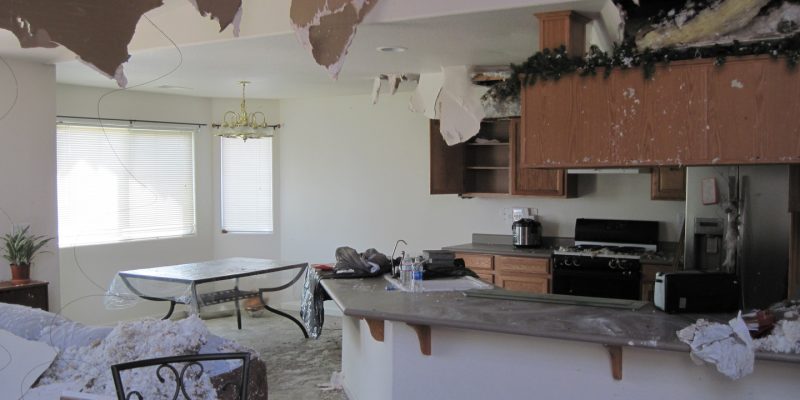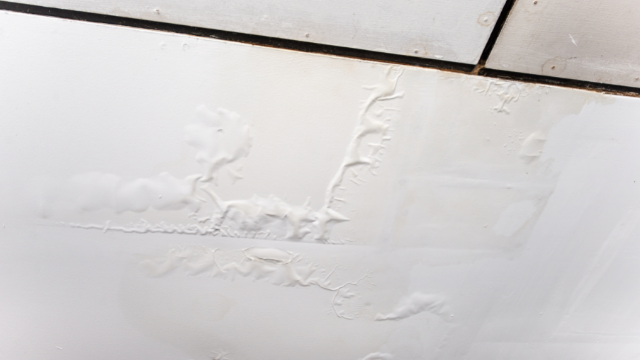The writer is making a few good points about Safety Tips To Prevent Fire And Water Damage in general in this great article down the page.

Water offers life, water invasion on components where it's not meant to be can result in damage. Houses with water damage scent stuffy as well as old.
Water can originate from numerous resources such as tropical cyclones, floods, burst pipelines, leakages, and drain concerns. In case you experience water damage, it would certainly be good to understand some safety and security preventative measures. Here are a few standards on just how to manage water damage.
Do Prioritize House Insurance Coverage Insurance Coverage
Water damage from flood as a result of heavy winds is seasonal. You can also experience an unexpected flooding when a defective pipeline instantly breaks into your house. It would be best to have residence insurance policy that covers both acts of God such as all-natural calamities, and also emergencies like damaged plumbing.
Do Not Forget to Shut Off Utilities
In case of a disaster, particularly if you stay in a flood-prone area, it would be advisable to turn off the main electric circuit. This removes power to your whole residence, preventing electrical shocks when water can be found in as it is a conductor. Do not fail to remember to transform off the main water line shutoff. When floodwaters are high, furniture will certainly walk around as well as cause damages. Having the primary shutoff turned off prevents additional damages.
Do Stay Proactive and also Heed Weather Signals
Pay attention to emptying cautions if you live near a lake, river, or creek . Doing so decreases potential residential property damages.
Don't Disregard the Roofing System
You can prevent rain damage if there are no holes and leaks in your roof. This will prevent water from moving down your wall surfaces as well as soaking your ceiling.
Do Take Note Of Small Leakages
A burst pipe does not take place over night. You might see gurgling paint, peeling off wallpaper, water touches, water stains, or trickling audios behind the wall surfaces. Have your plumbing repaired prior to it results in substantial damage.
Do Not Panic in Case of a Burst Pipeline
Keeping your presence of mind is important in a time of situation. Since it will certainly stifle you from acting quickly, stressing will just worsen the problem. Timing is vital when it comes to water damage. The longer you wait, the even more damage you can anticipate. Therefore, if a pipeline bursts in your house, immediately shut off your main water shutoff to remove the source. Then disconnect all electrical outlets in the location or switch off the circuit breaker for that part of your house. Call a trustworthy water damage restoration expert for assistance.
Water gives life, water invasion on parts where it's not supposed to be can result in damages. Houses with water damage smell old and also mildewy.
Water damages from flood charges to hefty winds is seasonal. You may see bubbling paint, peeling off wallpaper, water touches, water spots, or dripping audios behind the walls. When it comes to water damages, timing is key.
Some Do's & Don't When Dealing with a Water Damage
DO:
- Make sure the water source has been eliminated. Contact a plumber if needed.
- Turn off circuit breakers supplying electricity to wet areas and unplug any electronics that are on wet carpet or surfaces
- Remove small furniture items
- Remove as much excess water as possible by mopping or blotting; Use WHITE towels to blot wet carpeting
- Wipe water from wooden furniture after removing anything on it
- Remove and prop up wet upholstery cushions for even drying (check for any bleeding)
- Pin up curtains or furniture skirts if needed
- Place aluminum foil, saucers or wood blocks between furniture legs and wet carpet
- Turn on air conditioning for maximum drying in winter and open windows in the summer
- Open any drawers and cabinets affected for complete drying but do not force them open
- Remove any valuable art objects or paintings to a safe, dry place
- Open any suitcases or luggage that may have been affected to dry, preferably in sunlight
- Hang any fur or leather goods to dry at room temperature
- Punch small holes in sagging ceilings to relieve trapped water (don't forget to place pans beneath!); however, if the ceiling is sagging extremely low, stay out of the room and we'll take care of it
DO NOT:
- Leave wet fabrics in place; dry them as soon as possible
- Leave books, magazines or any other colored items on wet carpets or floor
- Use your household vacuum to remove water
- Use TV's or other electronics/appliances while standing on wet carpets or floors; especially not on wet concrete floors
- Turn on ceiling fixtures if the ceiling is wet
- Turn your heat up, unless instructed otherwise

I stumbled upon that article on Fire And Water Damage Prevention while doing a search on the internet. If you enjoyed our post if you please don't forget to share it. Thank-you for going through it.
Comments on “6 Water Damage Restoration Do's as well as Don'ts.”